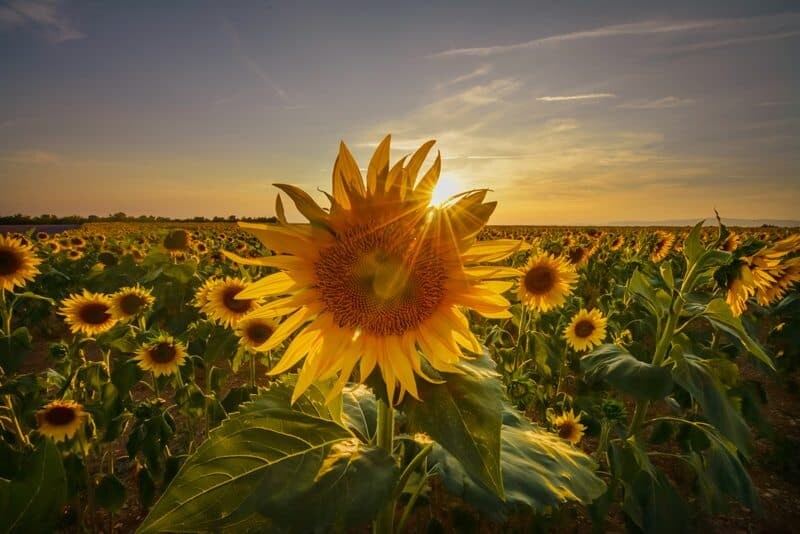
A quick guide to making sunstars with your camera!
Creating sunstars is a simple and fun way to add a little flair to your landscape and travel photography.
You’ve probably seen professional photographers whip out some sun sparkle and wondered how on earth they can do it when your camera just over exposes the sky making it all white when the sun is shining!?
If your camera has the ability to control aperture then you’re all good to go. Even better if you’ve got a wide angle lens in your kit.
To create sunstars, follow these four simple tricks and watch the magic unfold…
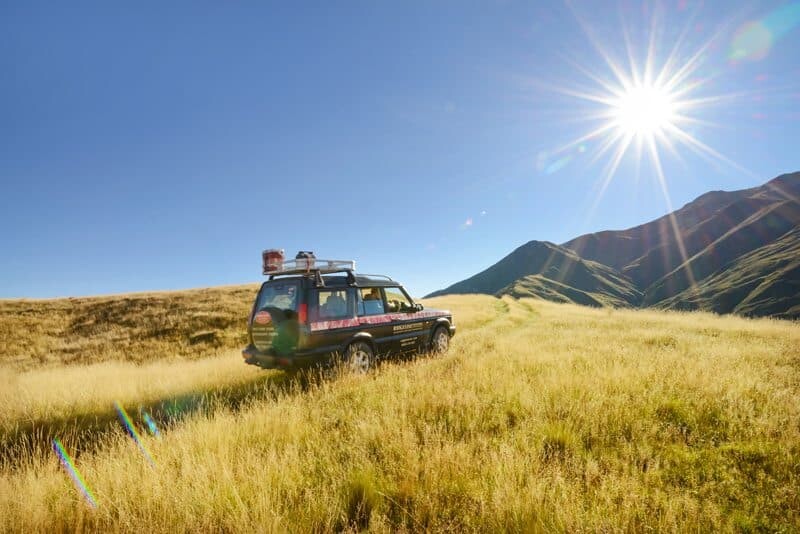
#1 Use a Small Aperture
Light passing through a small aperture that is then spliced across the aperture blades in your lens is what creates a sunstar. When I first started with photography I always assumed a ‘small aperture’ meant f/1, f/2, f/3 etc…but it’s actually the opposite, small means the larger number f/16 – f/22.
If you’ve got a big wide angle lens, ideally anywhere between 14mm – 30mm, setting your camera at f/16 on a bright sunny day will create gorgeous, crisp sunstars that are super sharp and defined.
Even on a little compact camera, if you have the option to adjust your aperture you can make a little magic with the sunshine. Be sure to set your ISO and other settings accordingly so you don’t end up with blurry images when the shutter is left open a tiny bit longer than usual.
*The quality of your lens may impact how sharp the sunstar is!
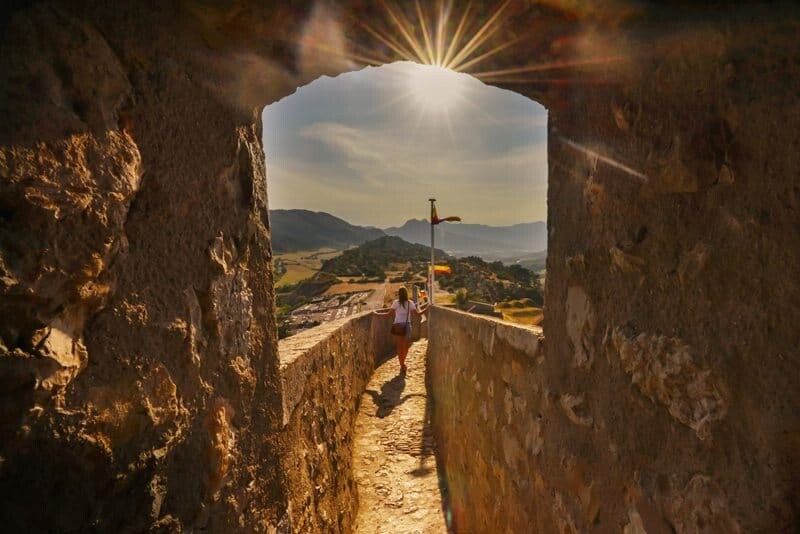
#2 Play Hide and Seek
Playing with a light source like the sun will allow you to direct where the sun star will occur in your image. I find the clearest sunstars I’ve produced happen when the light hits an object or building.
In the image below I manoeuvred myself until the sun was just nudging the side of the sunflower in the frame…sometimes it’s just a matter of bending lower or standing on tippy toes to get the perfect spot.
You will actually notice the change in light when you’re looking through the shutter. Once you start moving around, stay focused on the sun and once it becomes slightly obstructed by something you will see the sun star start to form or a burst of brightness with defined sparkles appear.
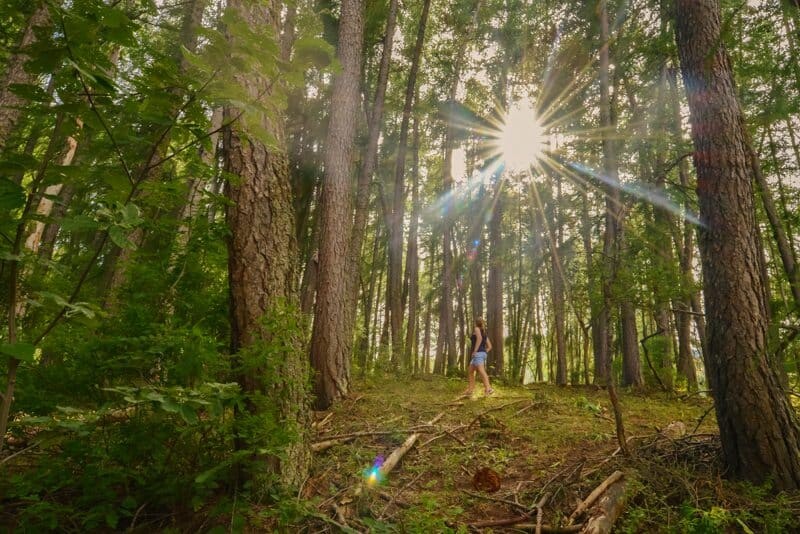
#3 Cross your Fingers Blue Skies
Unfortunately once the clouds appear, sunstars head for the hills. Sometimes you can get lucky and the light is still strong enough to pierce through but most times, if the light is diluted by clouds or a layer of fog, you won’t be able to produce perfect sun stars. You can however still create a soft gentle glow which looks great too! In the photo above the sun poke through the trees of a forest…there were plenty of clouds around but being patient resulted in this shot once the sun shone for a few brief seconds.
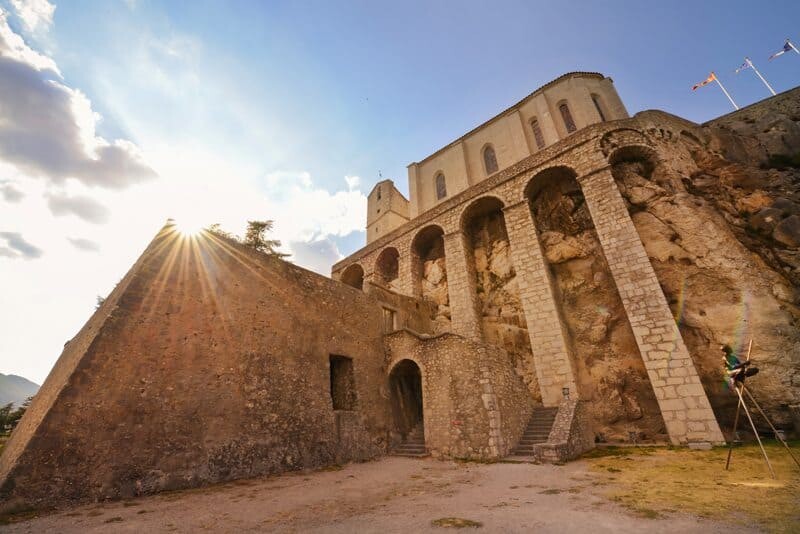
#4 Test Your Focus
Take a few test shots to check how the exposure is appearing in your image. When you focus on the sun or the sky, you’ll find your foreground will become quite dark. To combat this, you can focus on the horizon, just where the dark and light meet. This will help balance out your settings a little.
Otherwise, if you have access to an editing program like Adobe Lightroom or Photoshop, even the editing program on Instagram will do the trick (at a much lower quality). Focus on the sun and even if the foreground is dark, when you open the image in editing you can enhance the shadows. If you’ve taken your photo on a high resolution DSLR camera, the detail in the photo should still be sharp enough to look natural and remain grain free.
If all else fails…change your aperture to F/16 and click away! This is the easiest way to start forming gorgeous sunstars regardless of the other settings you’ve got on your camera.
Also as a side note, some people aren’t a fan of sun flare…personally I love it! If you prefer to keep it out of your images try using a filter or just keep an eye on the frame by using live view so you can see if any flare starts to creep in.
Have fun shooting stars!
If you’ve captured a sunstar in your travels, share it with us on Instagram with the hashtag #thewanderinglens


Hello! I’m the founder and photographer behind The Wandering Lens.
With 19+yrs experience as a professional travel and landscape photographer, all advice found on this site is from my personal experience, or that of contributors, on the road. I hope it’s useful for your own travels and would love to hear in the comments about your trips and experiences around the world.

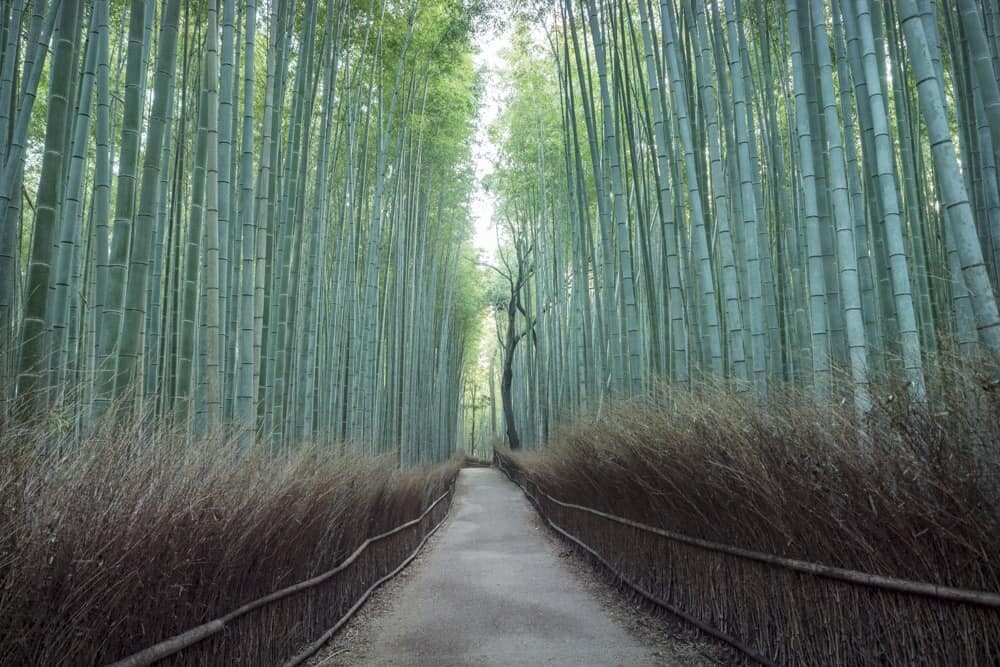
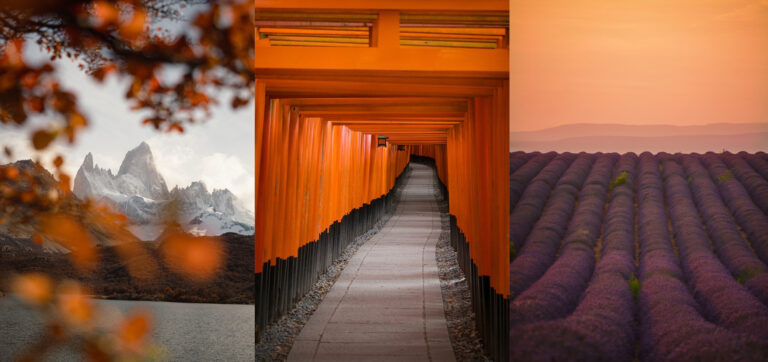
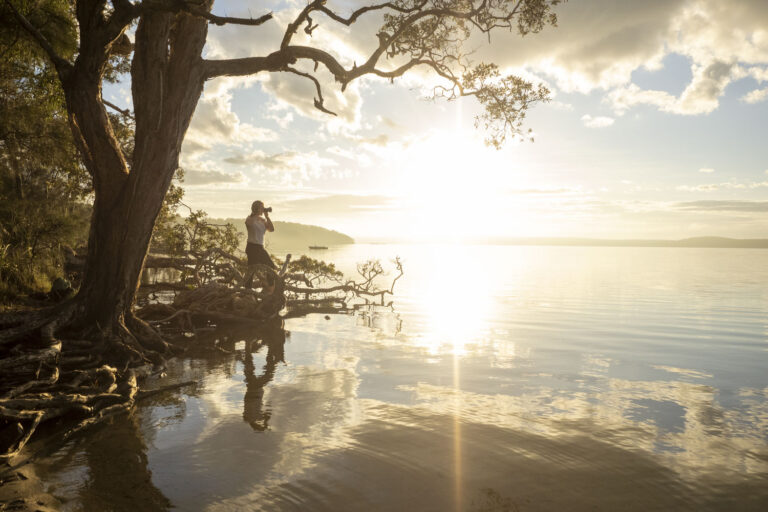
Blog Comments
Kirstie
August 12, 2015 at 12:22 pm
I’ve been playing with this technique a bit lately since I learned that a small aperture was the key, and I love it! Hopefully I can keep getting good results.
thewanderinglens
October 25, 2015 at 10:16 pm
Great to hear Kirstie! Sorry I only just found your comment 🙂
I hope you’re sun stars are coming along strong and bright!